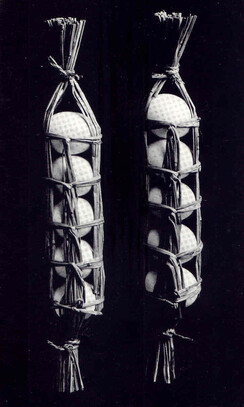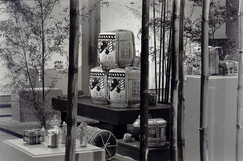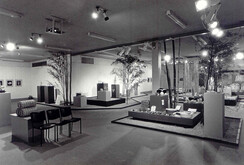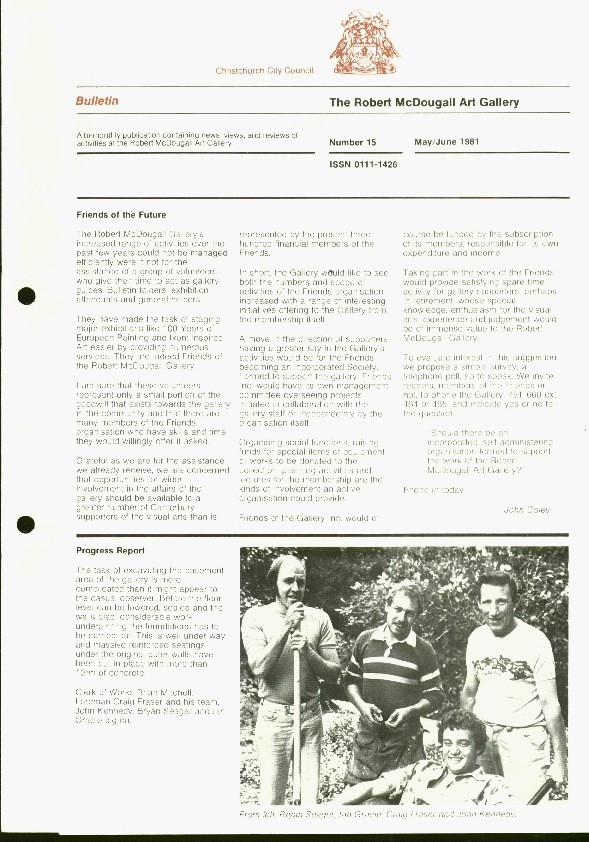This exhibition is now closed
Tsutsumu: The Art of the Japanese Package
1 May –
31 May 1981
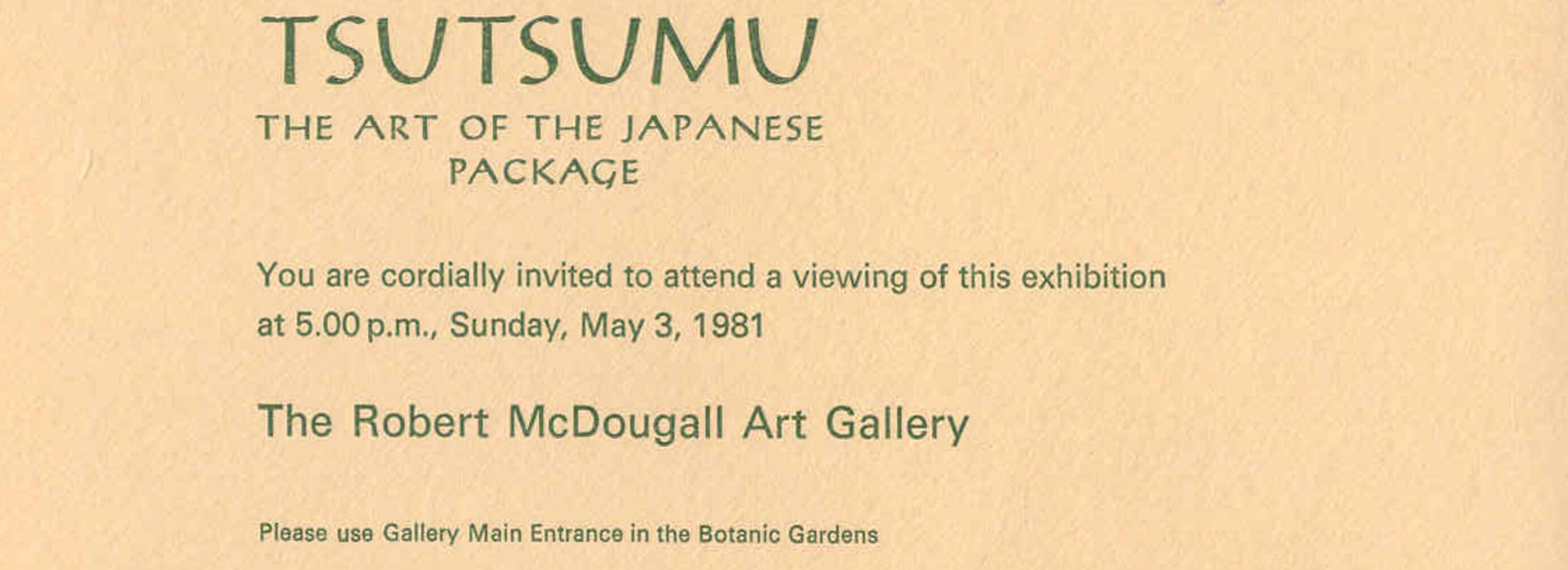
Exhibtion opening invitation for Tsutsumu: The Art of the Japanese Packageat the Robert McDougall Art Gallery, May 1 - 31 1981.
This exhibition presents over two hundred items of traditional Japanese Packaging. These were selected by Professor Hideyuki Oka who travelled through Japan selecting examples of Tsutsumu.
No one can deny that the modern system of mass production has made our daily life comfortable and easy. But perhaps we should pause to reflect upon how in earlier times, items of value and fragility were paced and to ask ourselves if we have lost something in exchange for so much convenience. The exhibition "Tsutsumu. The Art of the Japanese Package" provides just such an opportunity for gallery visitors. The 221 items in this exhibition allow us to see how Japanese packages assumed their shapes over years of unselfconscious use and experimentation to such a degree where packaging is now considered another form of Japan's cultural heritage.
Hideyuki Oka the author of the lavishly illustrated catalogue which accompanies this exhibition explains. There are two clear sources of the Japanese package. The first which has been called the utilitarian, is when an object was wrapped in whatever material lay at hand. An example would be bamboo leaves around rice dumplings or the use of oak leaves for wrapping rice cakes. Somewhat more complicated is the rope wrapping for dried fish which permits just the right amount of ventilation, preserving the fish for up to six months and the package can be unwrapped a bit at a time as it is needed As wrappings they are in no way self-conscious and are whispered evidence of the Japanese ability to create beauty from the simplest products of nature.
The second recognisable source is called handicraft, which involves more highly developed techniques and more refined aesthetic sensibilities. Departing from considerations of sheer utilitarianism, the craftsmen endeavour to refine their methods and did so in a spirit of artistry. In time techniques became so sophisticated, the art became professionalised, employing artisans working in old long-established shops, who lifted the art of packaging to such a level that often the packages had more charm and more value than the actual contents of the package.
Traditionally the Japanese package has been made of natural materials such as wood, bamboo straw, and clay or decoratives of these materials such as paper cloth and ceramics. Always these natural materials were used in such a way as to show their freshness and their natural textures and to enhance the object they were protecting. It is important to note that in each case the natural material is not used exactly as it originally existed but is re-created in some form or another by the hand of man.
Another characteristic common to many forms of traditional Japanese packaging is that of cleanliness. The act of packaging an object becomes a ritual of purification of distinguishing the contents of the package from all similar objects which have not been purified. Traditional packaging is thus a reflection of Japanese psychology which doubtless accounts for much of its orderliness and tidiness.
This exhibition has been on an extensive tour of the United States and Australia and presently tours New Zealand with the assistance of the Queen Elizabeth II Arts Council of New Zealand. The exhibition as it will appear in this gallery will be expanded to include displays on contemporary New Zealand packaging as well as an exhibition of traditional and contemporary Japanese woodblock prints from the permanent collection. Catalogues available at $5 each.
('The Art of the Japanese Package', Bulletin, No.15, May/June, 1981, p.3)
Location:
Robert McDougall Art Gallery - main gallery
Exhibition number: 260

